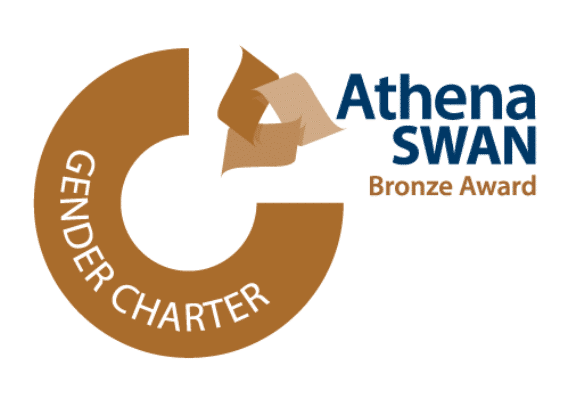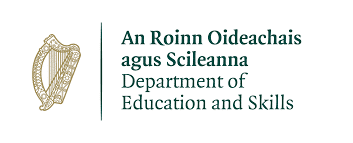Dr Ida Milne is a European History Lecturer here at Carlow College, St. Patrick’s and a social historian whose research specialises in the history of infectious disease in the 19th and 20th centuries. Here Dr Milne writes a piece for the Irish Examiner ‘What we can learn from the 1918 Spanish Flu?’
People consistently make a comparison: the 1918-1919 influenza pandemic, the ‘Big One’, against which other epidemics of respiratory illness are measured. It killed upwards of 50 million people, according to the World Health Organisation — although we will never have a definitive number as death registration was then patchy in many parts of the world. Some estimates for that pandemic give the Indian death toll at 22 million.
In 1918-19, people in Ireland watched it coming for weeks, as newspapers reported that this ‘mystery disease’ had reached the Transvaal, or was widespread in Germany. Just as we have been watching and reading since the disease first was first reported from Wuhan. Adults huddled in groups anxiously discussing it, trying to keep their fears about the reported ‘dread plague’ from the inquisitive ears of children, some of whom then went to fill in the gaps by reading newspaper reports.
After initial confusion about what the disease was, it was recognised as influenza.
The 1918-19 flu travelled around the world relatively quickly, with most places experiencing three epidemic waves between March 1918 and April 1919. Some places — northern Scandinavia and South America, for instance — had a wave in 1920. As it arrived in a region, the effects were similar, and very like what we are seeing from Italy and Wuhan now. In Ireland and elsewhere, villages, towns and city suburbs would go quiet, with hundreds or thousands ill in each location.
Whole families would go down ill, and other people stayed indoors as a precaution, even though few places had formal quarantine. Sporting fixtures and concerts were cancelled, schools, libraries and other public buildings closed, court cases adjourned, and cinemas disinfected their premises between showings. Some towns and cities had their streets sprayed daily with disinfectant, and many public buildings were also sprayed with disinfectant. Shops and other businesses struggled to stay open, to continue in business but suffered staff shortages and loss of trade through illness.
For some businesses, it was a boom time: Bovril and Oxo both experienced brisk trade, particularly as some factories and other businesses gave cups of Bovril and Oxo to their staff. Whiskey sales must have been brisk, as hospitals and physicians recommended hot whiskeys as a treatment. Timber merchants did well, supplying undertakers with coffins.
The undertaking business struggled to keep up with the demand for burials, but there is also evidence in their business records that they had a kindly attitude to payment, sometimes deferring payments for months where families had to pay for more than one funeral and burial. There were also queues at cemeteries for interment, as the deaths were clustered during peak weeks of the three waves.
Hospitals were overwhelmed, with many turning over, bar a female and a male surgical ward, to influenza wards. Some people have told me family stories, of their grandmother being born on the floor of a mental hospital in Kilkenny because the other hospitals were filled with flu patients, of creamery workers going out to milk cows on farms, of coffins stacked 18-20 high in the mortuary of what is now St James’ Hospital in Dublin, then the South Dublin Poor Law Union infirmary mortuary.
Newspapers document community care of those ill with the disease who were not hospitalised. In Naas, Clonmel, Dundalk, Athy, Rathvilly and other areas, local landlords or community organisations rallied to bring food to those too ill to feed themselves.
In some areas — Dundalk for instance — ‘girls’ were taught basic nursing skills to nurse the ill in their homes.
When I give local history talks on the flu, I often hear fascinating examples of good neighbourliness during the pandemic, that neighbours looked after neighbours, collecting firewood and setting fires, delivering messages and medicines, and even changing sheets and emptying chamber pots for the very ill.
And herein is perhaps a major lesson to be learned for managing this disease, if the scale of illness some epidemiologists are predicting becomes reality.
Hospitals, like in 1918-19, might be overwhelmed, and many of the less seriously ill would stay at home. Do we need a plan to manage community care in a more organised way than in 1918-1919?
Can we call on the civil defence, or other organisations, to help out? The lesson of 1918-19 here is that we need to think outside the box of convention. In 1918, as now, people in authority criticised the ‘panic’; there were plenty of stories on panic being as dangerous as the disease itself. The evidence from the death toll, and the newspaper and personal accounts show that the panic, if that is the correct word, was rational, not hysteria.
Such large scale disease events can have positive outcomes. In 1918 dispensary physicians were the lynchpins of the Poor Law Union Medical Dispensary Service, on which 70% of the people relied for health care. Their terms and conditions of employment were difficult, with rates of pay at the discretion of the Union boards of guardians (who administered the service at local level). They often had no pensions, so many stayed working well into old age.
During the pandemic, as doctor after doctor went down with the ‘dread disease’, their labour acquired a bargaining power. Locums demanded double or treble the normal fee, paid by the boards of guardians who had little choice if they wanted the service covered.
At the end of the crisis, the Local Government Board for Ireland and the Irish Medical Union persuaded most of the Poor Law Unions to offer good standardised rates of pay.
Here’s another comparison: our nursing staffs endure heavily gendered rates of pay, despite high levels of education. Their workloads, stress levels and terms and conditions are generally recognised as being difficult, and unfair. Perhaps this crisis will provide a focus to resolve the issues they endure. They need just recompense and increased staffing levels to ease their unfair burden.
This is a different disease, a coronavirus rather than influenza. But a broad positive is that in 1918-1919, about 780,000 Irish people likely survived the influenza pandemic, while the families of 23,000 others suffered tragic losses.
With modern medical care and medical science, and better medically educated citizens, it is likely we will see similar or better rates of survival, even if the infection rate comes to anything like what some have predicted. We must prepare for the worst, and hope for the best.





